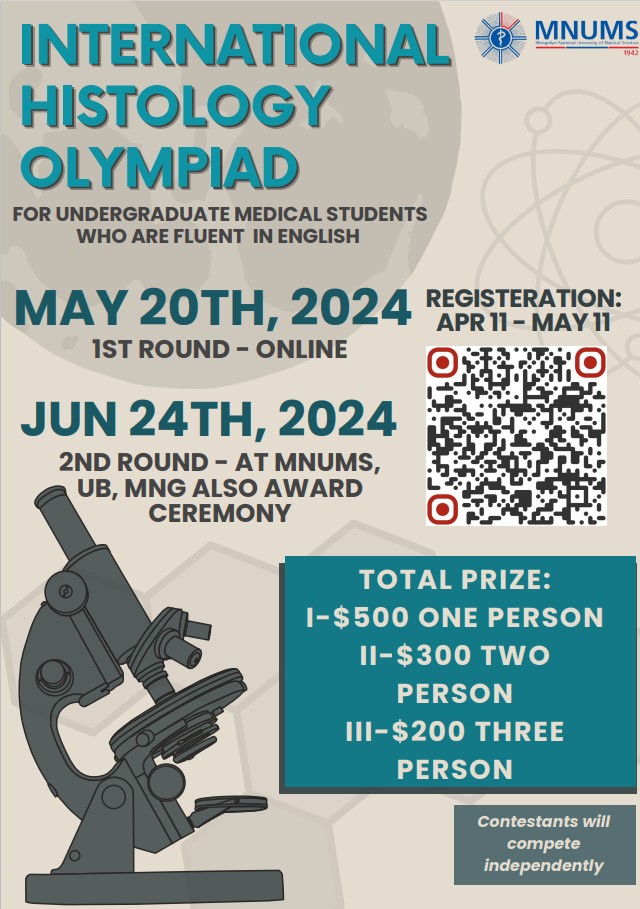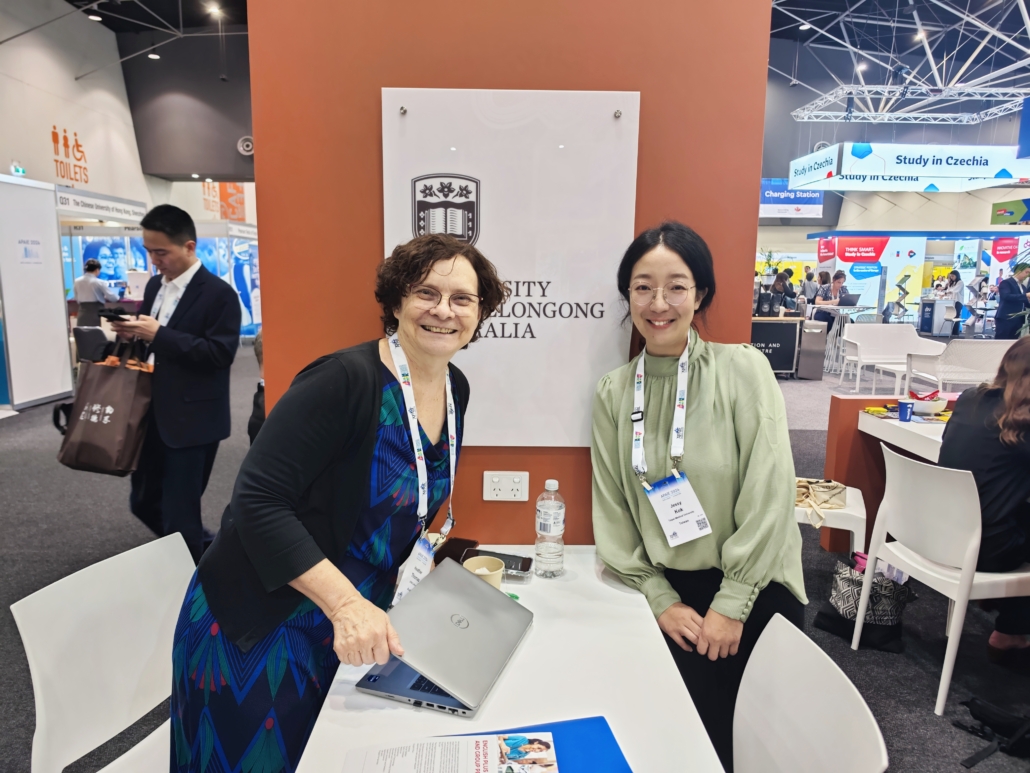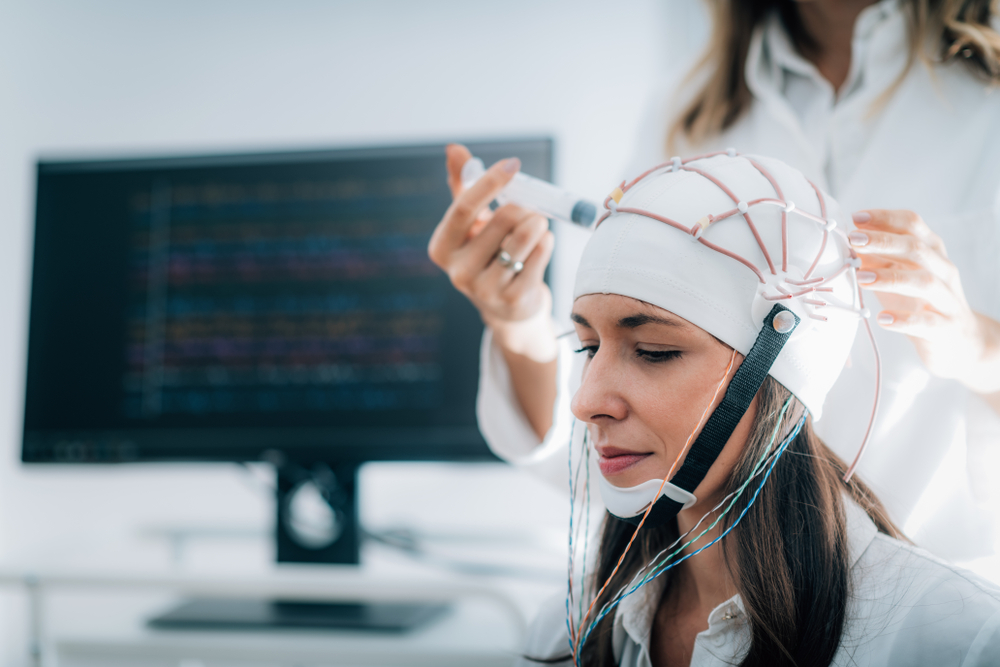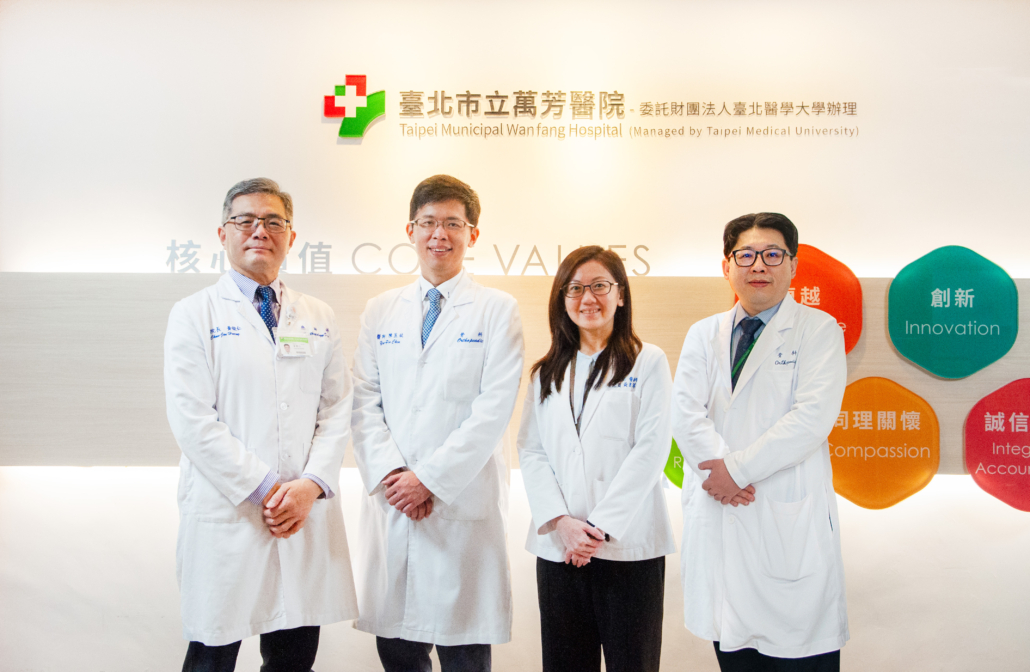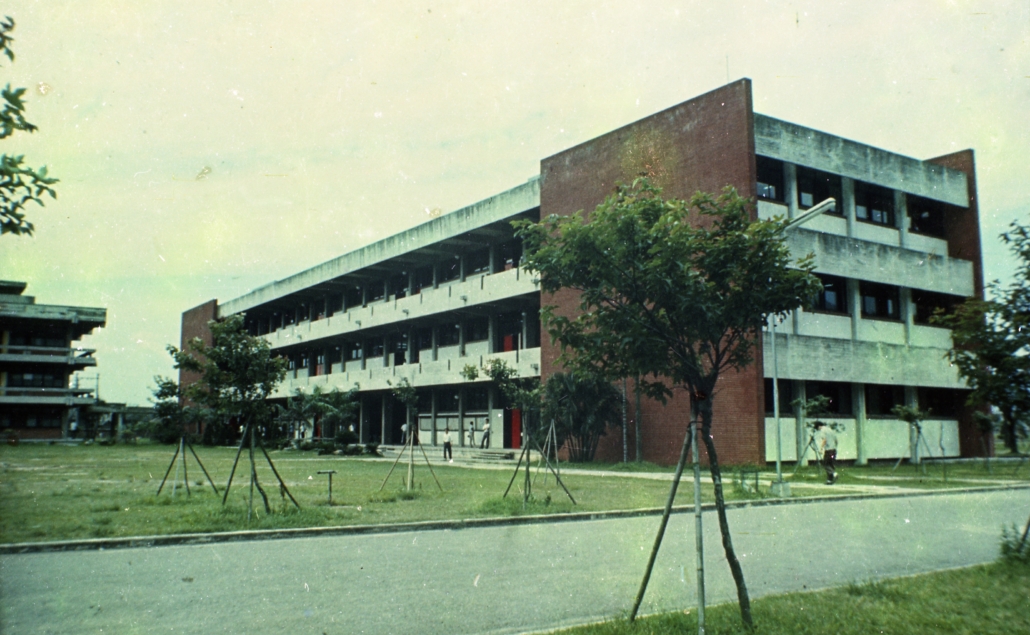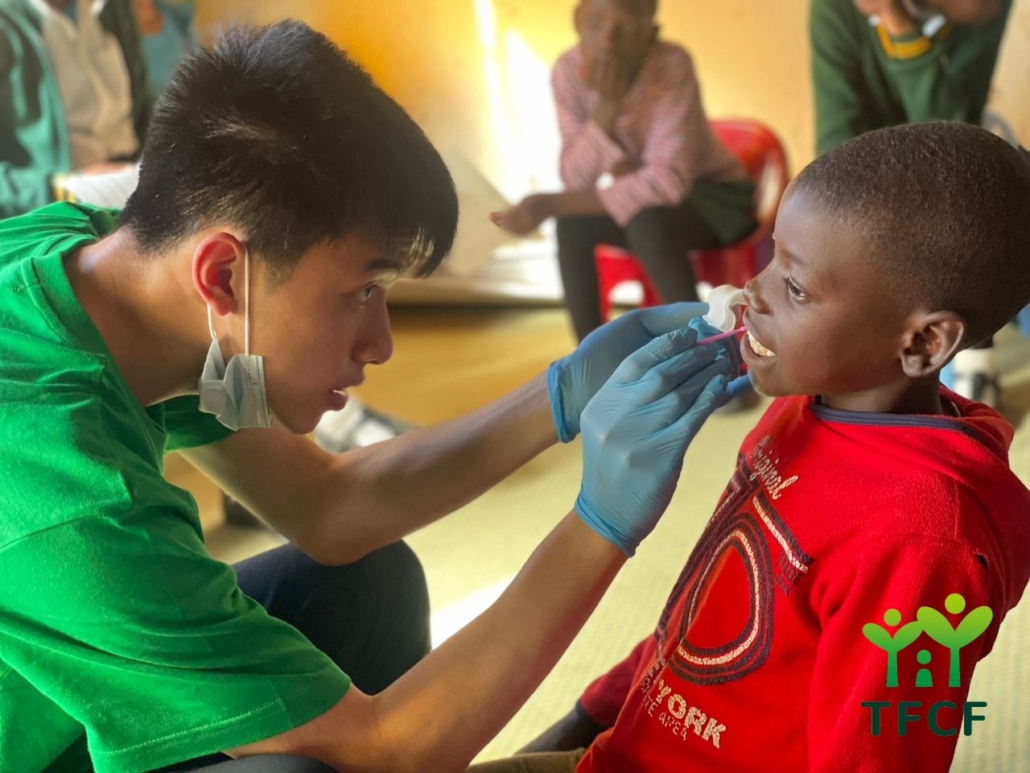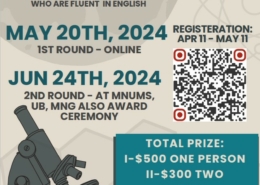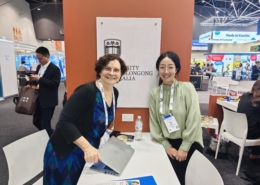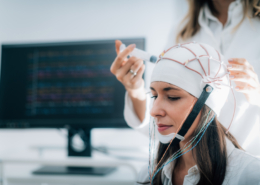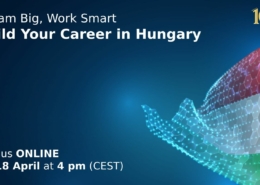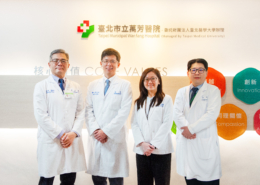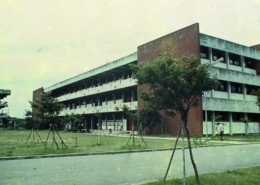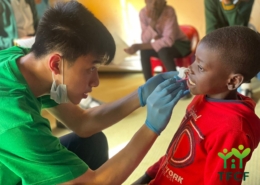TMU pioneers world’s largest virtual reality anatomy class
Source: Taipei Medical University
Published on 2019-05-03
In collaboration with HTC, Taipei Medical University established the world’s largest virtual reality (VR) anatomy classroom in late 2018. The 3D Organon VR system gives headgear-wearing students a comprehensive view of structures in the human body.
The university is working with the health and medical division of smart phone and VR manufacturer HTC (High Tech Computer Corporation). The resulting world’s largest VR anatomy class is furnished with 10 sets of VIVE Pro (awarded 2018 VR headgear of the year) and 3D Organon VR anatomy software. This enables individual study as well as cooperative use of the same VR environment, and allows students to visualize lectures on anatomical structures in depth to better understand how bodies function

HTC
Anatomy and Cell Biology Director Hung-Ming Chang (張宏名) of the College of Medicine says adding VR to anatomy courses overcomes previous limitations such as unobservable structures or awkward angles. As students can better learn how anatomical structures are interlinked in three-dimensional spaces, this should increase instructional effectiveness.

Director Hung-Ming Chang
Director Chang calls the 3D Organon VR Anatomy software students’ best way to gain in-depth anatomical understanding. While cadaver dissection provides irreplaceable realism, the VR headset allows repeated examinations of various body parts unchanged by incisions and other exploratory changes that are part of cadaver study. Because the immersive 360-degree view shows tissues, bones, muscles, blood vessels, nerves and organs, students are better prepared for future clinical work.

Jerry Cheng (鄭志偉), HTC DeepQ Sr. Director, speaks and demonstrates VR headgear VIVE Pro
Edward Y. Chang (張智威), President of HTC DeepQ, says VR technology’s three-dimensional visualization is a new teaching method that accelerates learning. Use of VR in medical education and clinical applications will help more students, teachers, clinical medical staff and patients in the future.
Did you know? |
| Anatomy is the foundation of medicine, and learning through dissection provides essential training for medical students before clinical work. In the past, teaching materials for anatomy were primarily two-dimensional, such as textbooks, computer tablets and digital dissection tables. However, two-dimensional images require students to imagine how anatomical structures relate in three dimensions. |
Cadaver donations are limited and cannot be used repeatedly, limiting the time students have to work on a cadaver and learn dissection. The new 3D tools do not present these limitations.
The 3D Organon VR Anatomy system’s immersive learning environment increases student participation with different instructional techniques. It can support up to 300 individuals online at the same time, and can disassemble and rotate over 4000 anatomical structures in the VR environment. Besides stationary VR human body part models, the system also provides dynamic dissection models realistically presenting the extension and contraction of muscles and the beating of the heart. Even heart valve motion can be examined, giving students a perspective impossible to gain with a cadaver.
TMU anatomy classes all have VR equipment so students can study before, during and after dissection. They can move, disassemble or go through human body structures to note organs’ relative positions in combination with lab classes.
Future 3D Organon VR Anatomy improvements will complement TMU’s development of more VR courses that can be applied to previews, in-class use and reviews to encourage active learning. The system will be further expanded to in- service and continuing education, the “smart medicine” EMBA and medical camps for pre-college students.

Students use VR equipment to study anatomy

